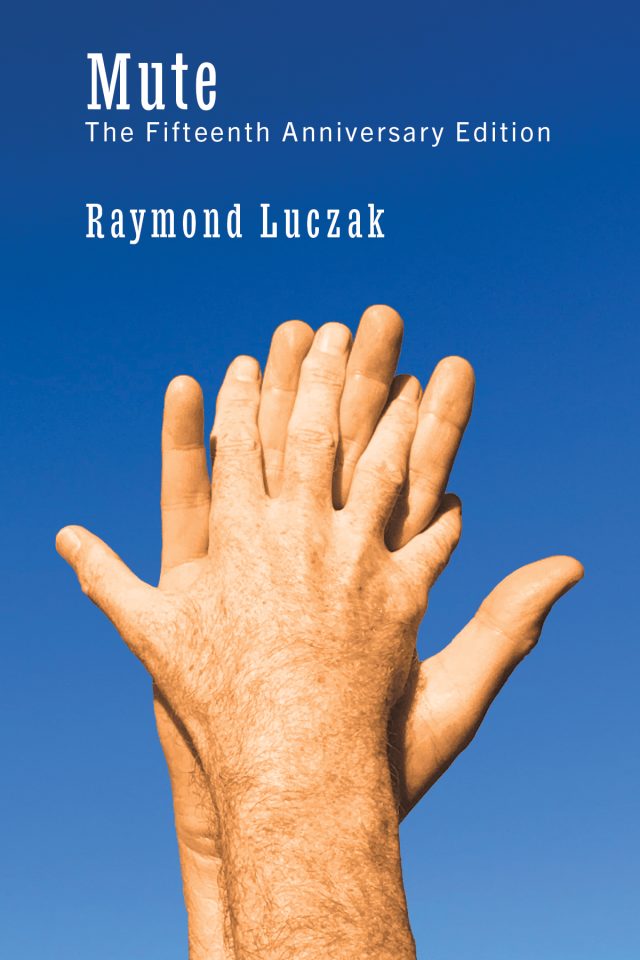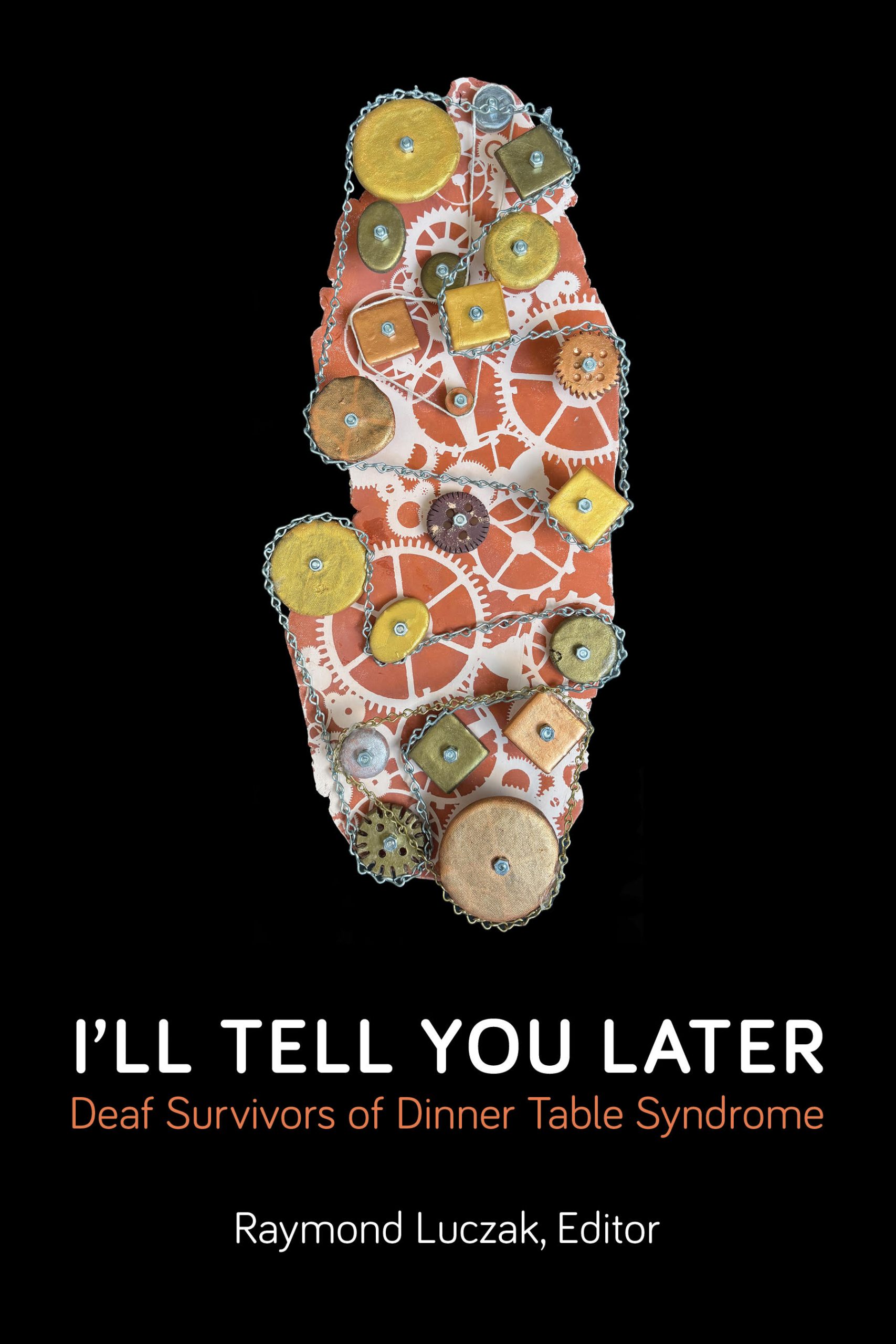
MUTE: The Fifteenth Anniversary Edition
Silence is always a powerful statement, but even more so in this third poetry collection by Raymond Luczak, now expanded with an introduction and thirteen new poems that include elegies for his Deaf gay friends. First published in 2010, Mute explored what it was like to navigate the warring languages of confusion and clarity.
As a Deaf gay man in the hearing world, Luczak lends an unforgettable voice to his reality of ache and loss beyond the inadequate translation of sound.

Ironhood: Poems
In Ironhood, the acclaimed poet Raymond Luczak recalls the neighbors and shopkeepers he once knew while growing up in Ironwood, Michigan during the 1970s and 1980s. They included a scruffy man who smoked cheap cigars while tending to his fragrant backyard garden, a cat-eyed woman who stood watch over a sea of typewriters, a bald jeweler whose dexterous fingers repaired a watch’s minuscule innards, and tired cashiers in red smocks who dreamed at the
western edge of town.





